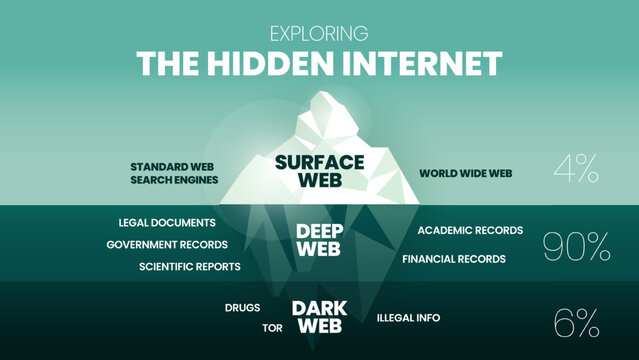The deep web is the part of the World Wide Web that’s not listed in standard web search-engine programs. It’s sometimes in comparison to the tip associated with an ocean or iceberg, mainly because it represents a substantial element of the Internet’s information.
It offers anything that lives behind paywalls, password protected sites or some other sort of content that is certainly hidden from regular web crawlers. A few examples include emails, private content on social media sites, office intranets, online bank statements and fee-for-service websites like Netflix.

As it may appear shady to get into deep sites, there are numerous legitimate uses for it. As an example, it will help protect payment information when selecting goods or services online. It also allows citizens in oppressive regimes to organize and speak freely without concern with being caught by government surveillance.
Moreover, deep web allows scientists to talk about scientific articles and research that isn’t easy to get to in real life. This is especially critical in third-world countries the location where the budgets for research are very low which it can be impossible to conduct these studies otherwise.
To access the deep web, you will need a special application like Tor that anonymizes your personal computer and sends data through layers of encrypted servers. What this means is the information you have is virtually unreadable to anyone except the person you’re talking with. Once you’ve installed the application, you’ll need to know the precise Link to the deep web site that you would like to check out. You’ll also require a specific web browser that supports Tor, which looks different than the typical browser.
For more info about deep web see this popular net page
